Are You Ready For: A 1.2 Liter "Sub-Subcompact" Chevy?
For most Americans, the term “small car” typically refers to a C-segment sedan like the Honda Civic or Ford Focus, cars that now qualify as midsizers in many key metrics. Subcompact, or B-segment cars are generally considered the smallest of the small, as their name implies… but ask an American to describe a car smaller than a subcompact, and they’ll likely look at you quizzically before hesitantly suggesting “Smart car?” Yes, the A-Segment, known in Europe as the “City Car” or Microcar” class, is such a rarity in the US that it’s basically synonymous with the one car “competing” in it (Fiat’s 500 hasn’t quite broken into the public consciousness yet).
But, with Chevy execs confirming once and for all that the on-again-off-again (for the US) Chevy Spark (a.k.a. Daewoo Matiz Creative) will in fact be sold in the US (likely as a 2013 model) early next year, the American A-segment is about to get a whole lot of attention. But the question is this: does the fact that America’s first new A-segment car in a decade is a Chevy help or hurt the segment’s chances (consider that previous US A-segment cars like the 500 and Smart are positioned as premium offerings)? Is this car, with its 80 HP/82 lb-ft, 1.2 liter engine a pioneering game-changer that will introduce America to a whole new world of tiny cars, or is it just CAFE compliance fodder? One thing is for certain: everyone from Hyundai to Ford (which have t he i10 and Ka waiting in the wings) is going to be watching the Spark with great interest.
More by Edward Niedermeyer


















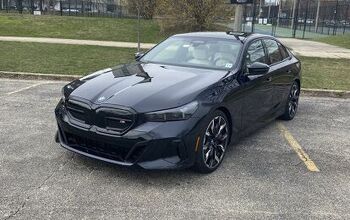

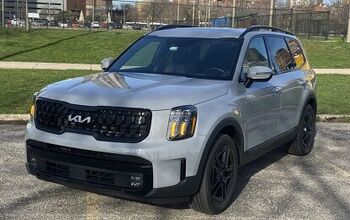

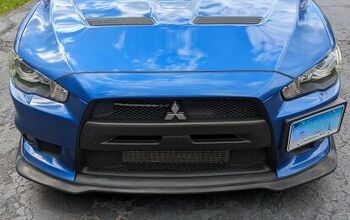
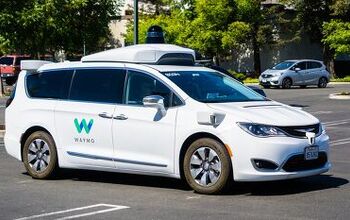
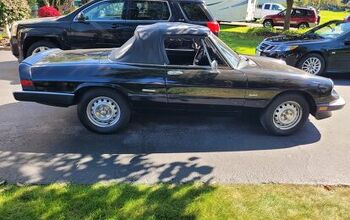
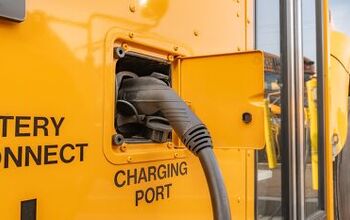
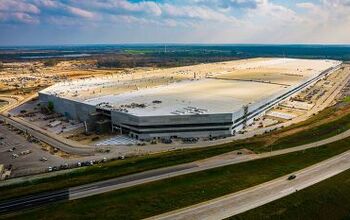
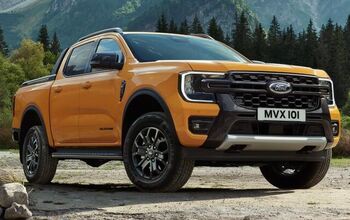

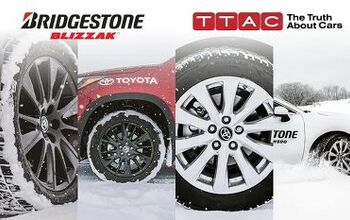
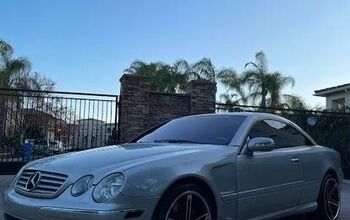
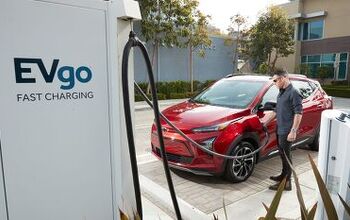
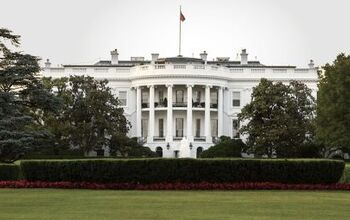
Comments
Join the conversation
Meh. How is this going to be better than a Fiesta . . . or is it just another Fiesta, except with a bowtie? My theory about how people perceive fuel economy is this: how much money does it cost to fill up the tank and how often must I do it? If you have a Suburban or something like that that costs nearly $100 to fill and you're filling up once a week, you definitely notice that. Lots of people measure fuel economy by the frequency with which they need to fill up and how much it costs to do it. Which is why incremental 2-3 mpg differences in fuel economy just don't register much with people. If someone is troubled by their fuel bill, they want to see a dramatic reduction, not just the cost of a lunch at Subway once every two weeks. Sorry, psar, I think the Smart is a stupid, useless car; and here in the U.S. at least, my opinion is shared. I get all of the arguments to the effect that the "average car carries 1.6 people" or whatever, which is a good illustration of the difference between practice and theory. In theory, numbers like that argue for a car like the Smart. In practice, most people want at least the capacity to carry more than two persons, absent special circumstances. What they are buying is utility, which also is why people buy the hated SUVs, even the small ones. A two person car that won't even serve as a grocery-getter (even with only the driver in the car) is just not useful. The "special circumstances" that waive this rule are exemplified in the selfish, 2- person driver's car, a.k.a. "sports car," whose lack of utility is compensated for by other benefits (at least in the owner's mind). Having owned one of these selfish devices for going on 8 years and now being faced with it needing to function as a truly "second car" even in a two person family (my kids having grown and left the household and my real second car having gone to college with my youngest kid), I am acutely aware of my 2-seat sports car's limitations. I still enjoy the car for what it is and the ownership experience has been excellent, but it sure as hell isn't useful (although it's a better grocery-getter than the Smart). Heck, I can't even safely give my golden retriever a ride, without risking killing him if the passenger-side airback deploys. (In static tests, he has shown a complete willingness to sit in the passenger seat, belted in with the seatbelt!) However, in better economic times I would be replacing my sports car with something that carries 4 adult people, at least some of the time, in not extreme discomfort (which takes the Mini Cooper, the Mustang and the BMW 1-series off the list -- never tried the Fiesta). The new Focus, which I recently drove as a rental, seems about right. The Fit seems too much built to its low price, and I wouldn't consider any two-seater, even if it got 4 mpg more in the city that the Focus. If I wanted a fuel-saving urban vehicle that couldn't carry anything except another passenger and would be frightening if taken on a 65-mph highway (like the Smart), I'd get a Vespa. Much cheaper, more fun, better fuel economy. And I'd just take the bus on bad weather days.
Here are some figures for comparison, all 5dr versions Chev Sprint - L: 148.5", W: 61", H: 58" Aveo - L: 163", W: 66", H 58.5" Spark - L: 143.3", W: 63", H 61" Haven't driven one since they have been on sale in Australia, nor do I want to, they seem to be a little sh-box. The Nissan Micra is a better option.
If I were them, I'd sell this in California only.
I think GM can sell the Spark here. If the price comes in beating the Versa, I would guess they can sell about 40k-45k per year, fleet sales included. (Out of that, I would guess about 20k might be private buyers.) I don't know if that qualifies as a worthwhile enterprise for GM ... at a profit of $500 per car, that would be 23 million dollars. So I think it only makes sense if the car can be brought here with no extra effort whatsoever. Any change in equilibrium - need to switch engines, problems at a plant, anything ... and the numbers will not work. Of course, the potential savings on CAFE fines might help balance the books.